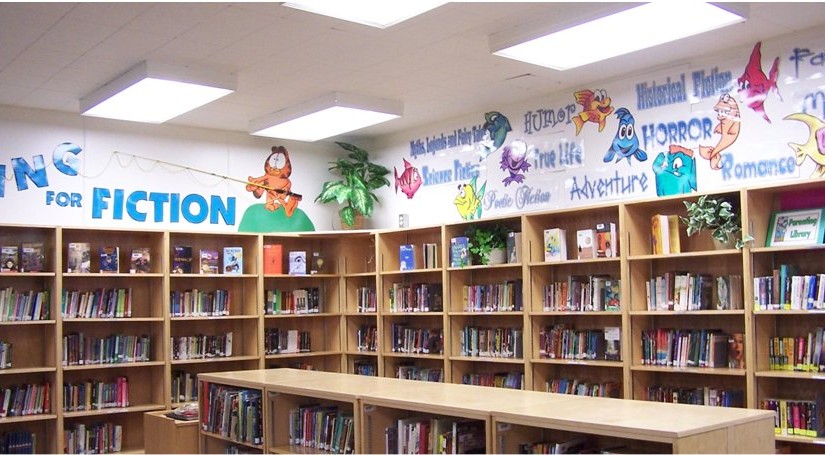Libraries can play an important role in children’s lives. They are a safe place to spend time and discover the joy of reading.
Libraries are also spaces for community—places to play and discover, imagine and inspire, learn and study, and even take some much-needed quiet time.
But children won’t flock to the library just because it’s good for them—like any space for children, a library needs to be inviting, engaging and fun.
How can libraries rise to the challenge? Here are some tips to create library spaces that will have children excited to explore:
Organize the space into zones
Libraries are pretty big spaces, especially from a child’s perspective. To make them more inviting, break it into smaller “zones” of space focused around different functions and activities.
This can create the illusion of smaller spaces while introducing more variety, which will engage children better. Remember, cultivating the right environment within a library can be just as important as cultivating its collection—so be sure to give it the consideration and forethought to make the space useful and inviting.
Think interactive
For children, play time is a highly engaged learning opportunity. The more stimulating the activity is, the more their minds develop.
Help kids get the most out of their play by creating engaging, multi-sensory experiences for them. Look for ways to enhance play experiences within the library with ways to stimulate kids’ sense of sight, smell, touch and sound.
Design for many different needs
In addition to having several zoned spaces available with multi-sensory experiences, it’s also important for those spaces to meet a variety of needs. Children need spaces where it’s safe to be highly active as much as they need spaces for quiet time. They need spaces for interaction as much as they need spaces to be alone in. Create a variety of spaces that meet these varied needs for different age groups.
Consider making spaces flexible with furniture that is easy to move around, so kids can create their own spaces, too.
Get on their level
This tip applies both literally and figuratively.
On a practical level, a children’s section of the library should be accessible to children—that means keeping shelves lower so that kids can find and look at books on their own. It also means providing furniture and spaces that are made specifically for children of various age groups, so they are comfortable as they enjoy the library.
But it also means thinking creatively to find fresh ways to engage young imaginations. Be playful and whimsical with how you decorate the walls, arrange the shelves and set up displays!
Start small
For libraries just starting to modify its space to better engage children, don’t worry about trying to do everything at once. Start small, and focus on the quality of experiences rather than how extensive they are.
As a starting place, consider identifying a need that could be addressed with the creation of a space zone, or an bring in a local expert for an activity.

Leave a Reply
You must be logged in to post a comment.